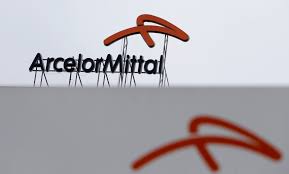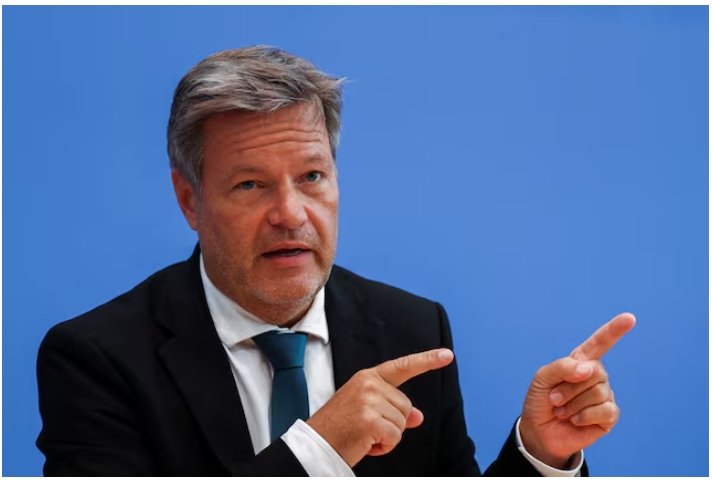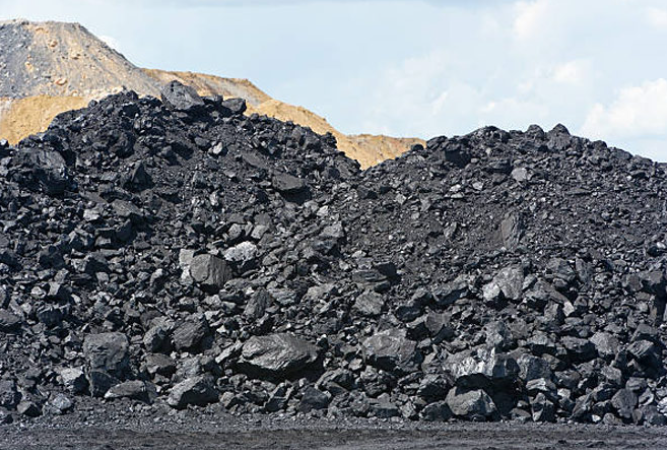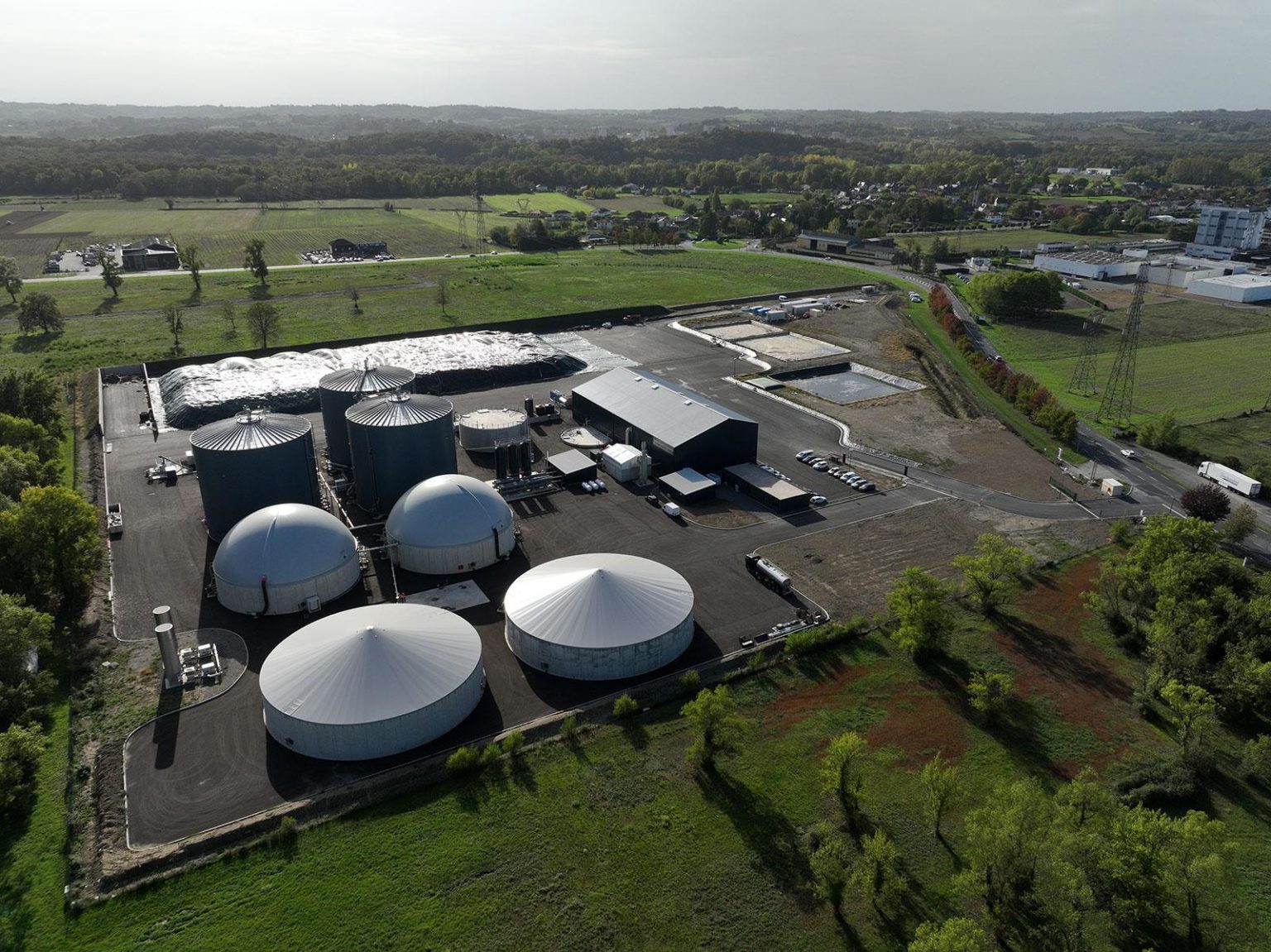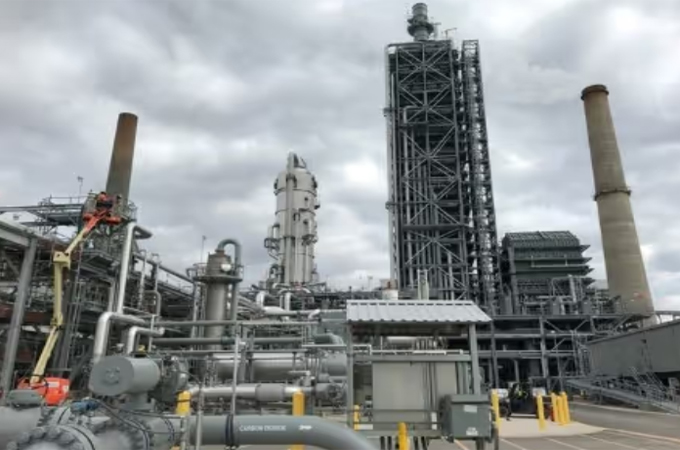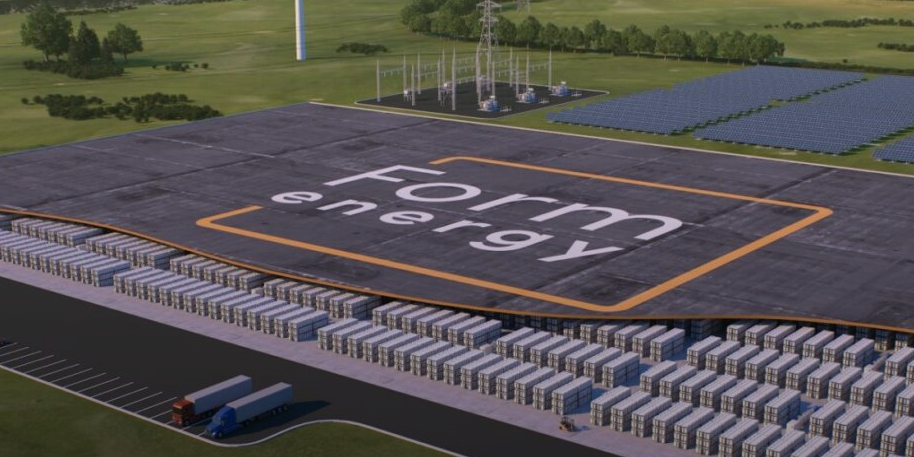
The U.S. Department of Energy (DOE) is awarding up to $70 million to support two of Xcel Energy’s long-duration battery storage projects.
The projects will be located where the utility plans to retire two coal-fired plants in Minnesota and Colorado. Each will utilize Form Energy’s iron-air battery technology and have the capacity of 10 MW/1,000 MWh.
The Minnesota Public Utilities Commission has already approved the iron-air battery project at the Sherburne County Generating Station site in Becker, Minnesota. Construction is expected to begin in the second quarter of 2024. The project is to be located near one of the largest solar developments in the U.S., the upcoming 710 MW Sherco Solar project.
Pending approval from the Colorado Public Utilities Commission, work on the Colorado battery system could begin in late-2024. The battery would be located at the Comanche Generating Station site in Pueblo, Colorado. The request is part of a $15 billion utility proposal to add wind, solar, natural gas, biomass and energy storage resources to meet the state’s forecasted demand through 2028.
Xcel said the Colorado plan, which calls for 6,500 MW of new renewable energy and battery storage resources, would double the amount of renewable energy on its system in the state.
Separate from the DOE funding, Xcel Energy received a $20 million grant commitment in April 2023 from the Breakthrough Energy Catalyst fund for the Minnesota and Colorado battery systems. In addition to the grants, Xcel Energy plans to use standalone storage tax credits in the federal Inflation Reduction Act to further lower the cost of the projects.
Form Energy has signed deals to deploy its battery with utilities such as Xcel Energy, Southern Company, and Great River Energy, and recently broke ground on a commercial-scale battery plant in West Virginia.
At a high level, the basic principle of Form Energy’s battery operation is reversible rusting. The battery contains an iron anode, resembling an automobile’s brake pad, and an air-breathing cathode. They are submersed in an electrolyte water bath with a permeable separation between them.
When the iron is exposed to the oxygen and air, it triggers a chemical process called oxidation – otherwise known as rusting. That oxidation process releases electrons that are separated and sent to the grid – providing electricity when demand exceeds supply. When there is excess power on the grid, the process is reversed and electrons flow in, releasing the oxygen and causing the iron to unrust, taking it back to a metallic state.
